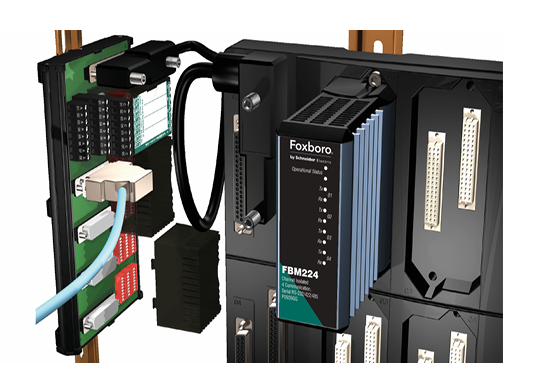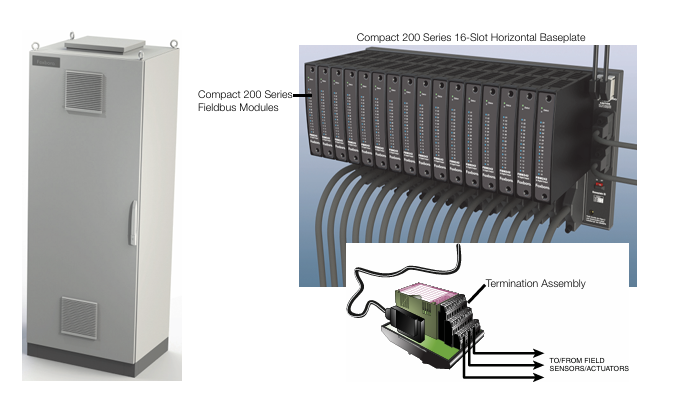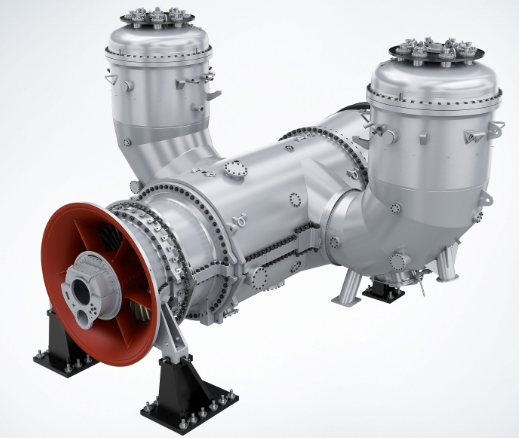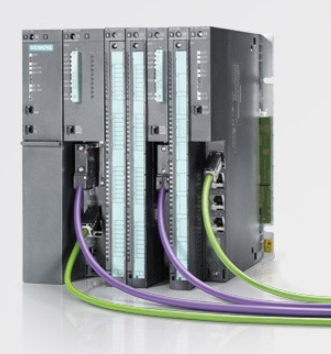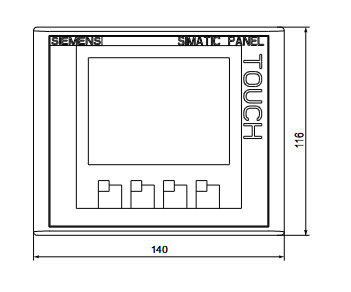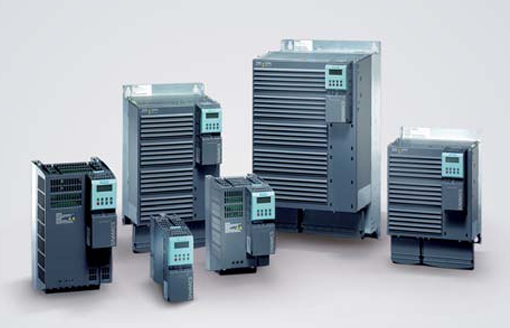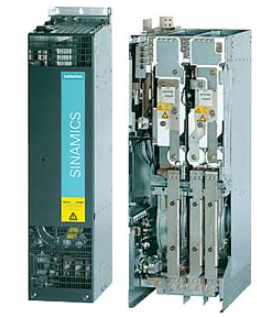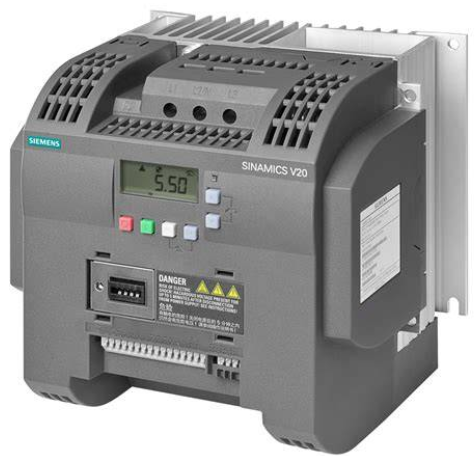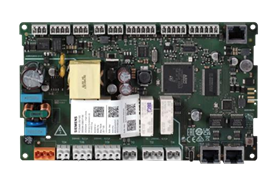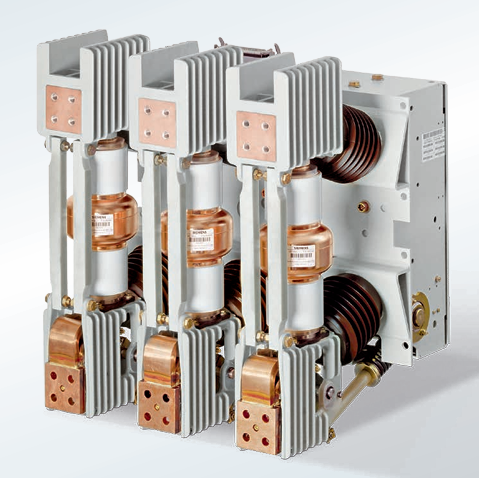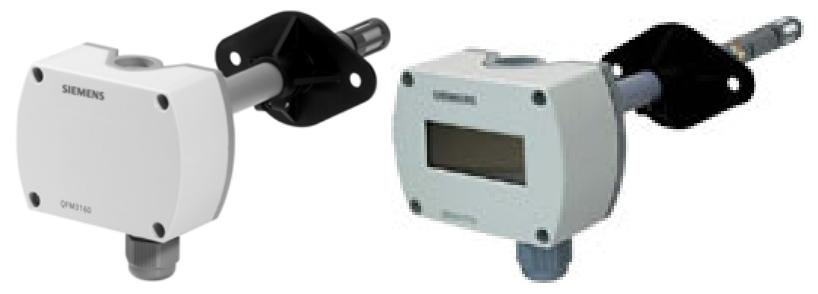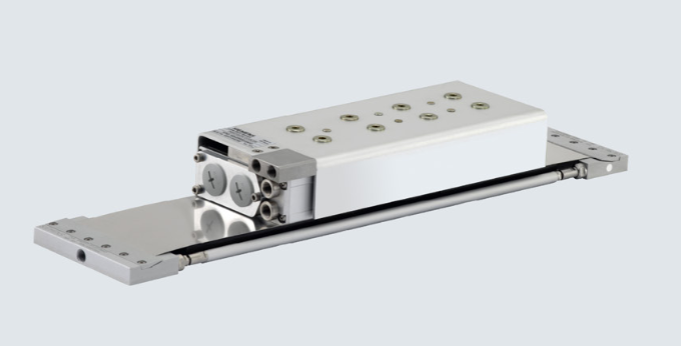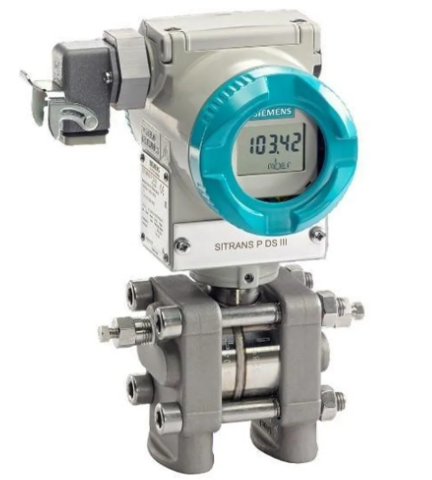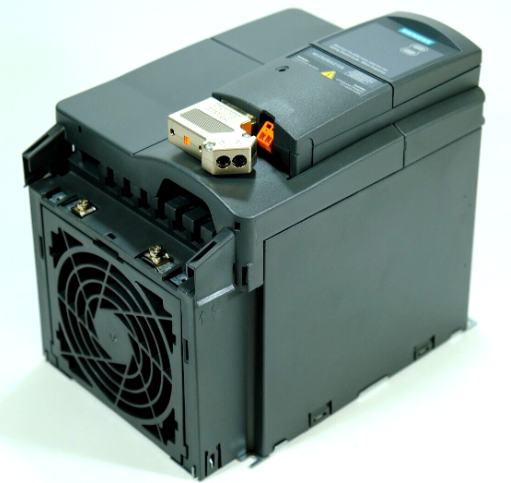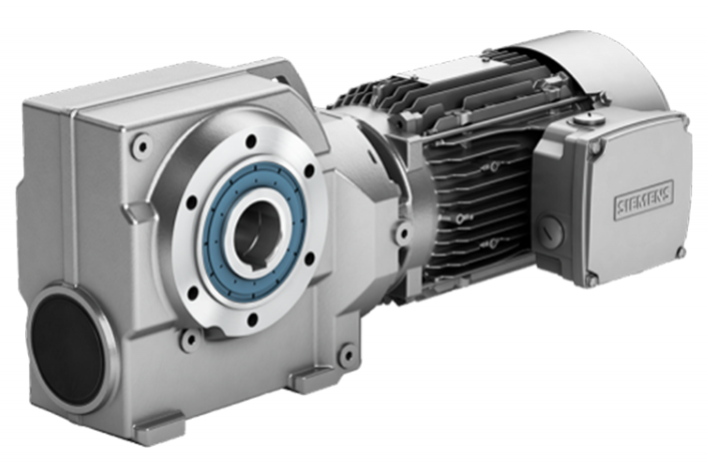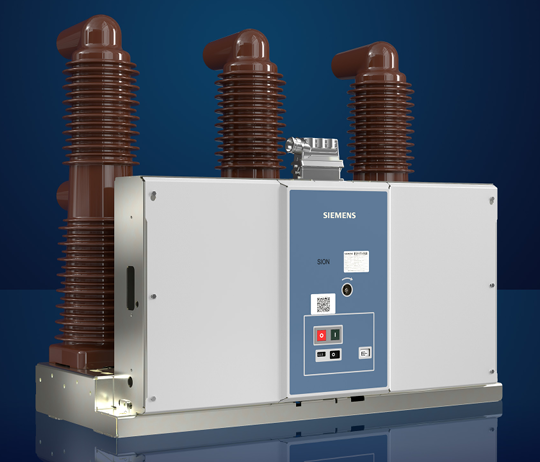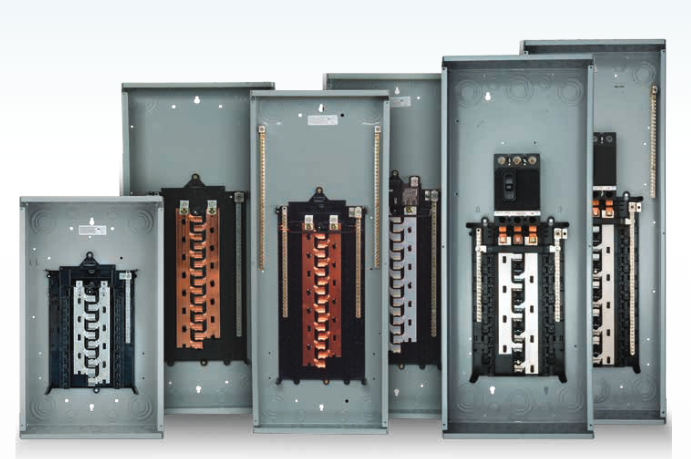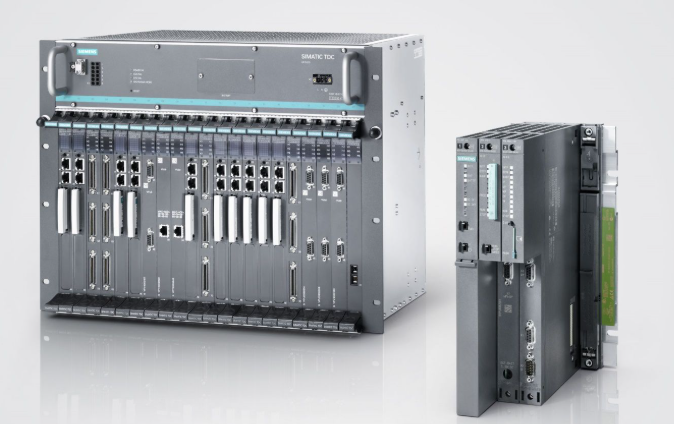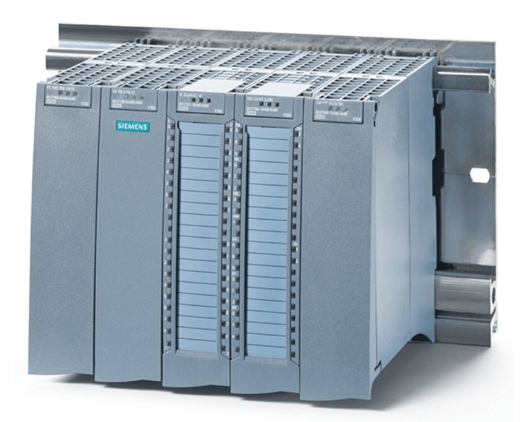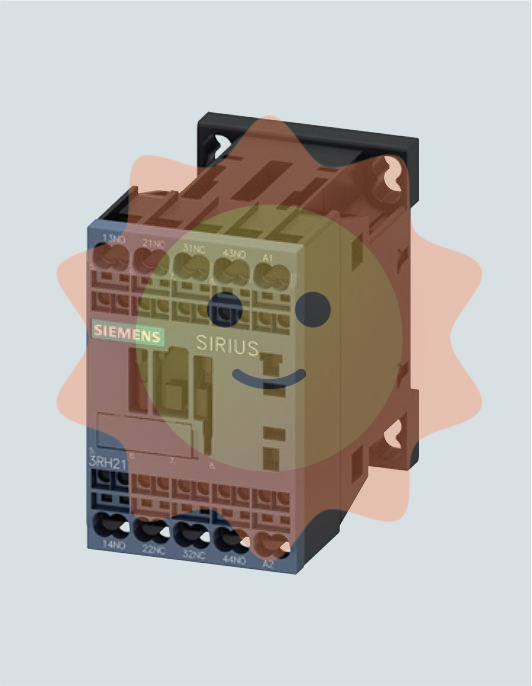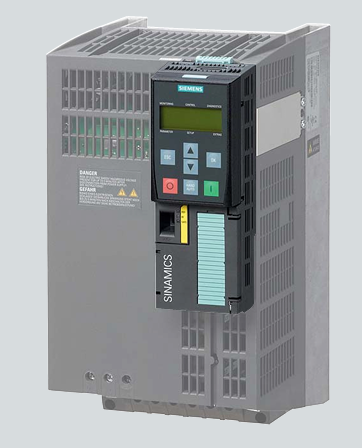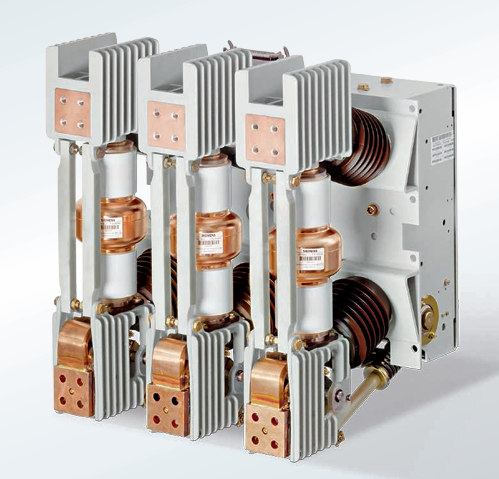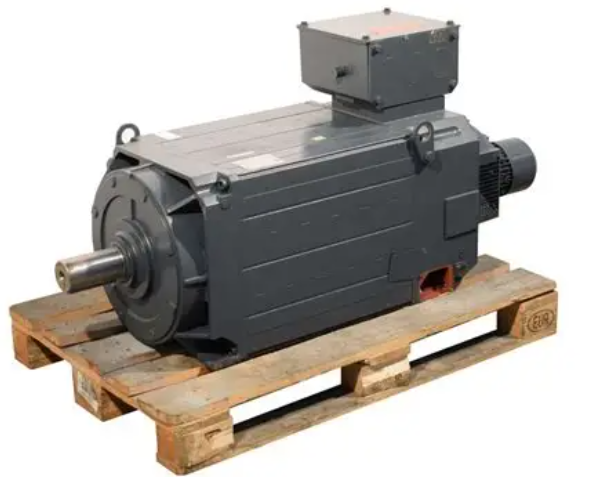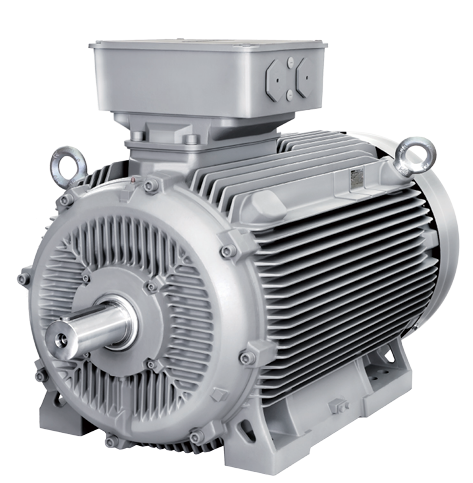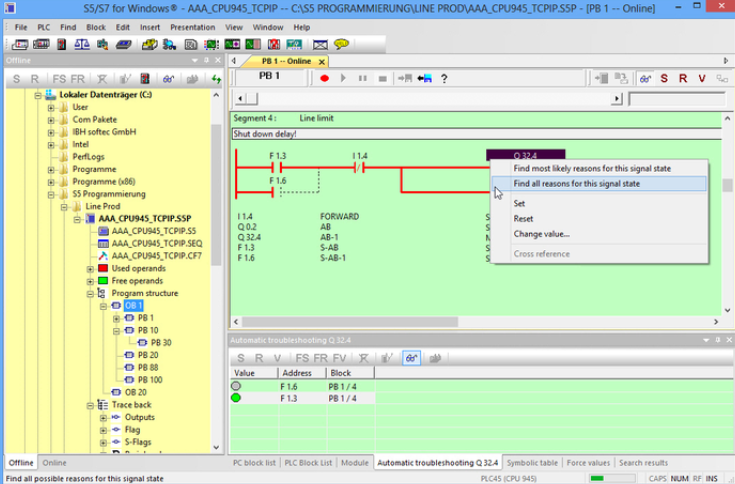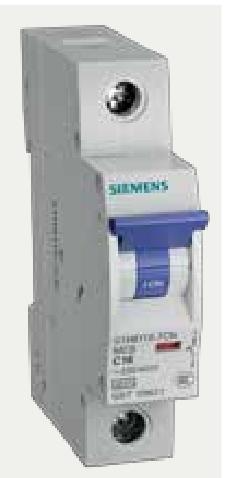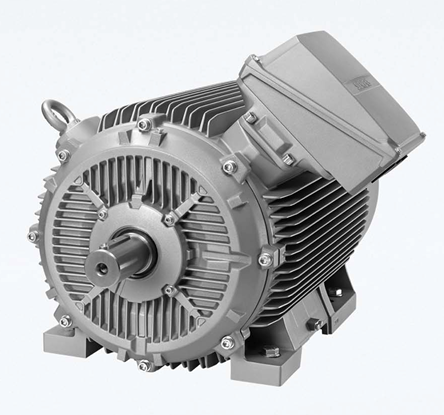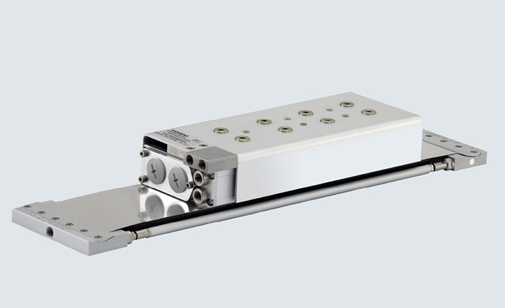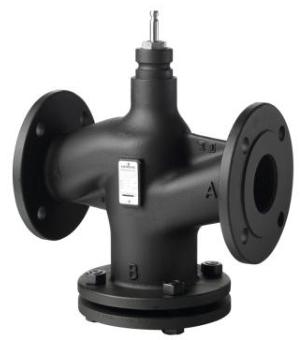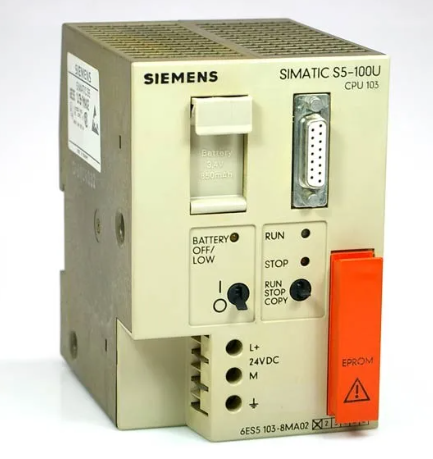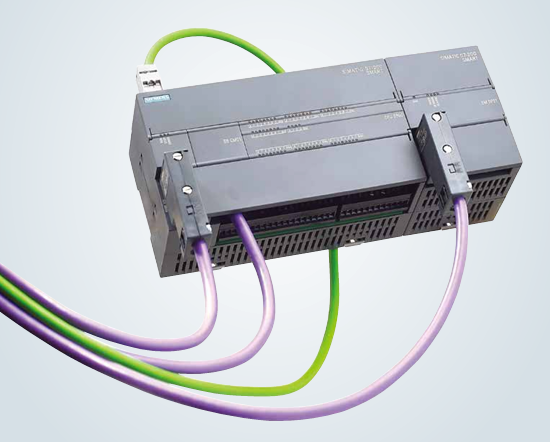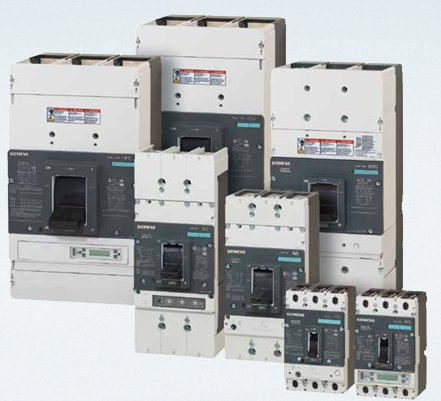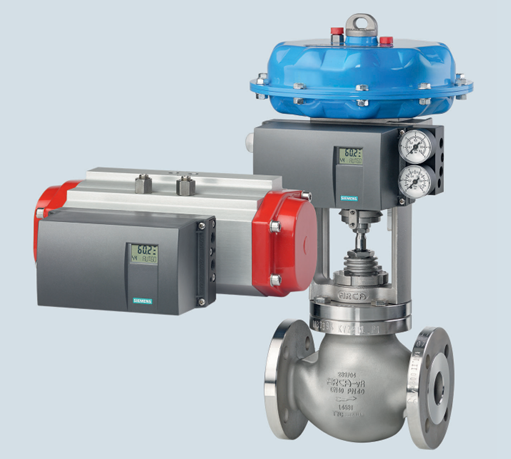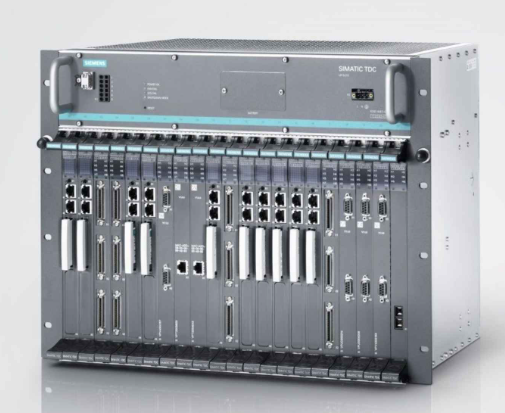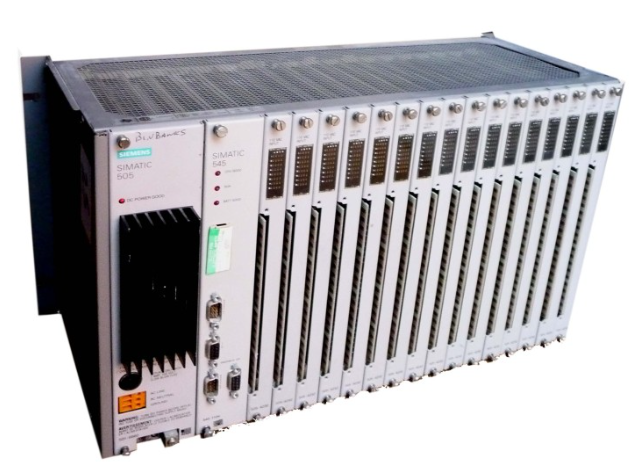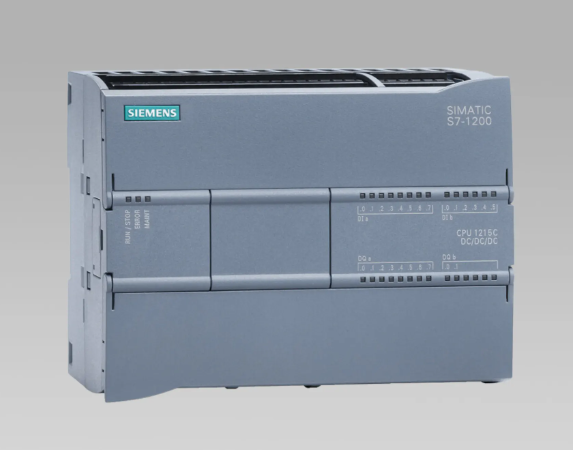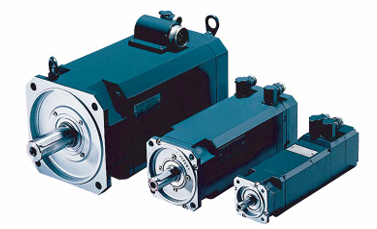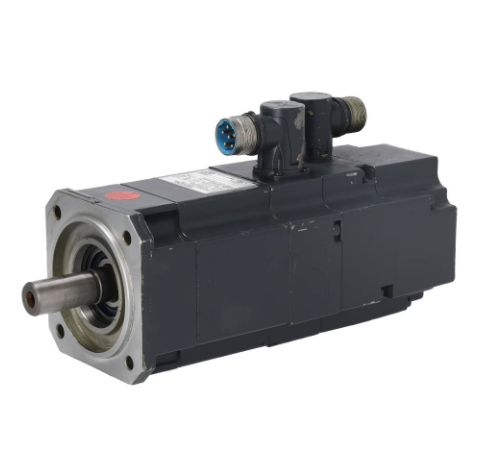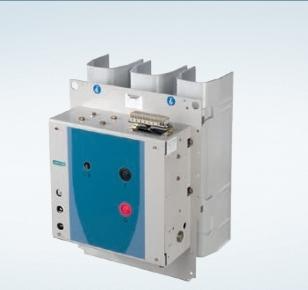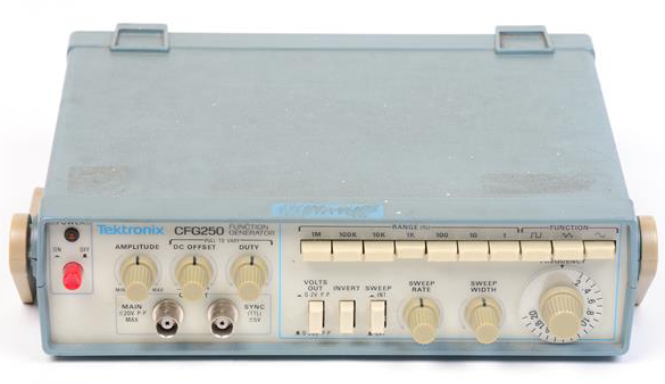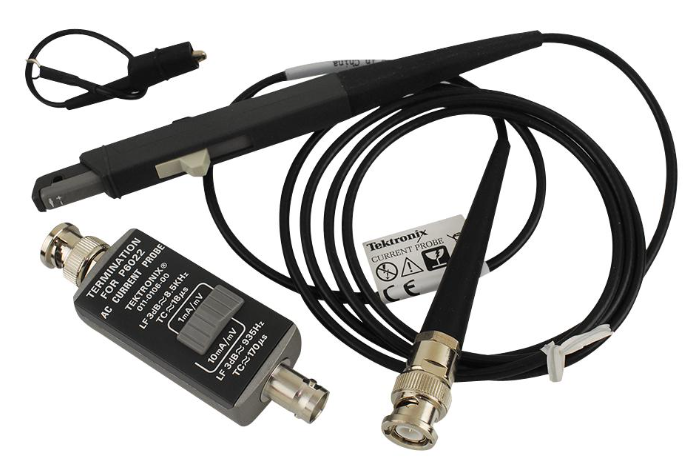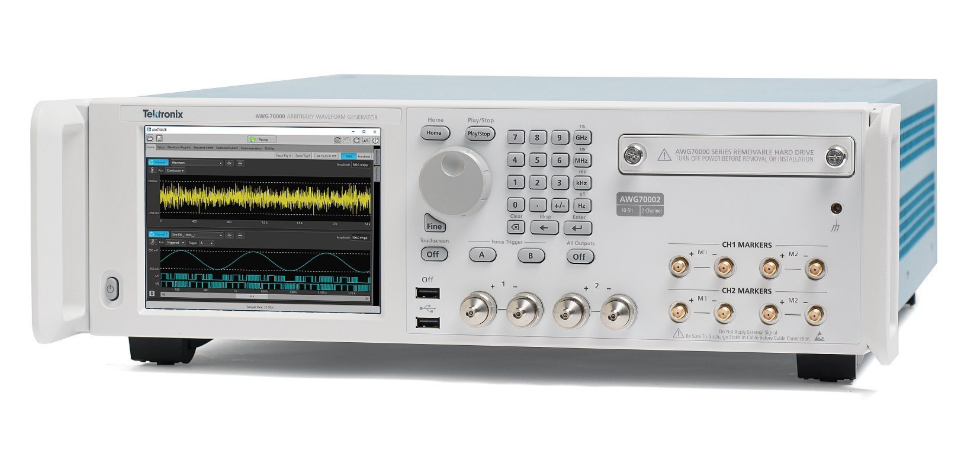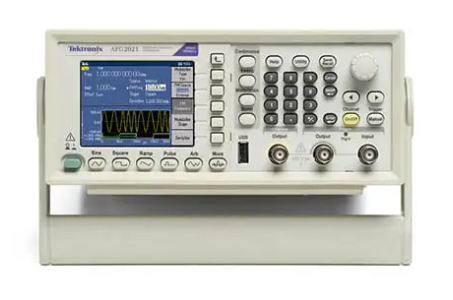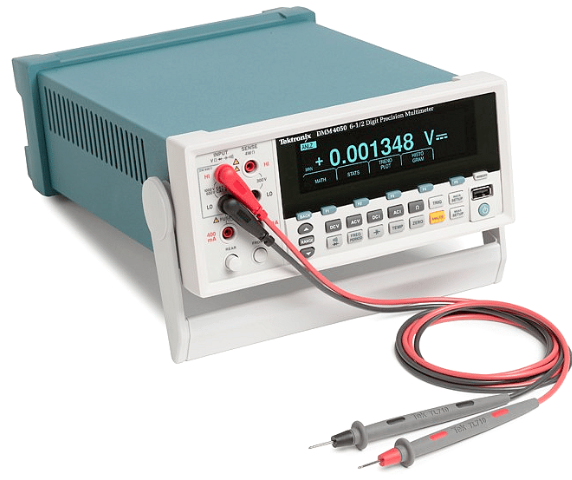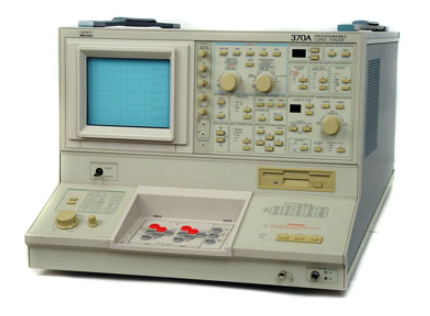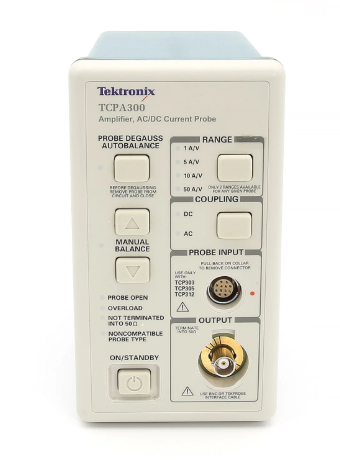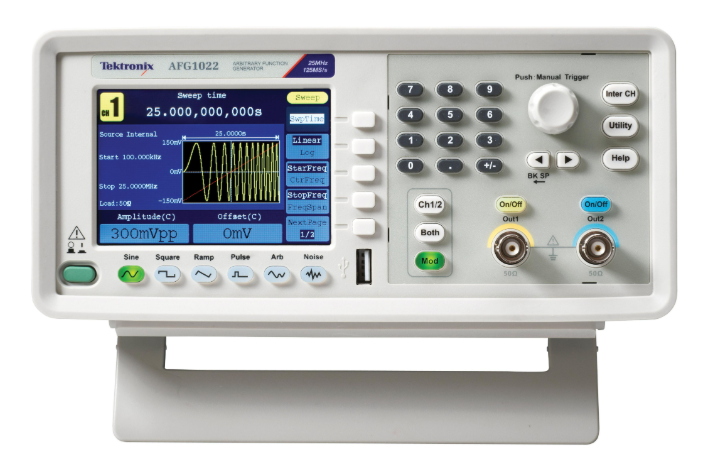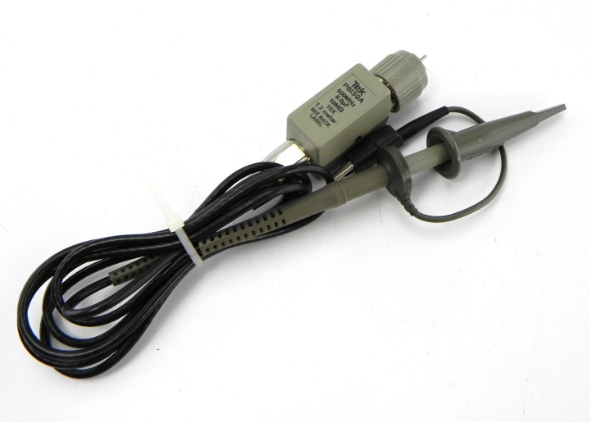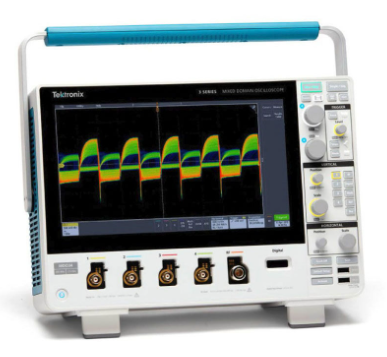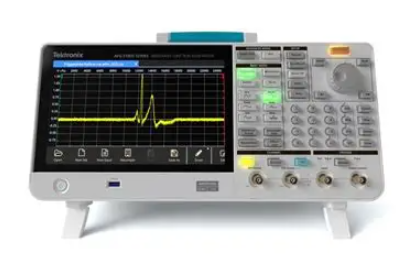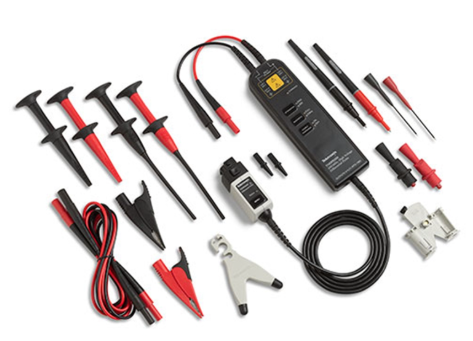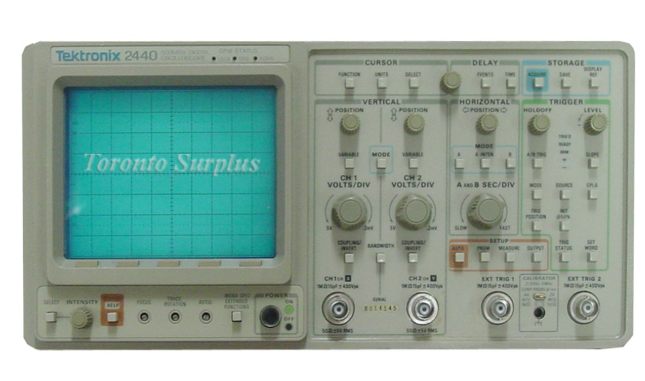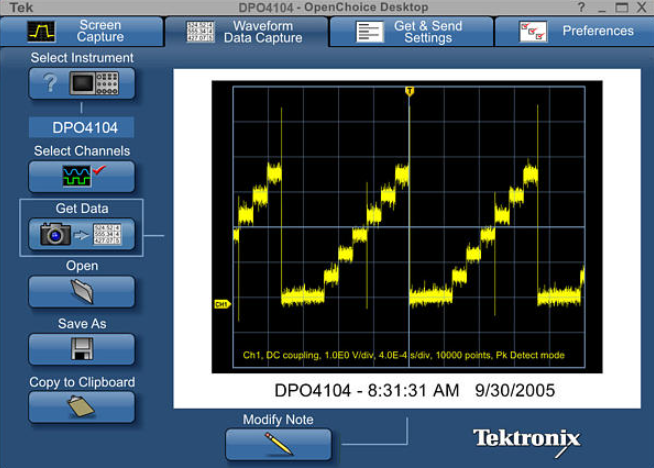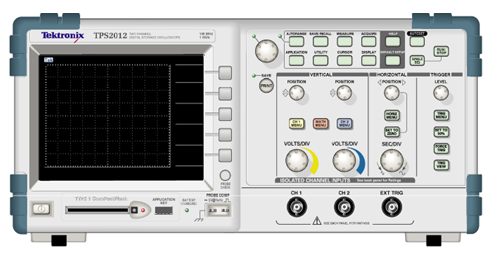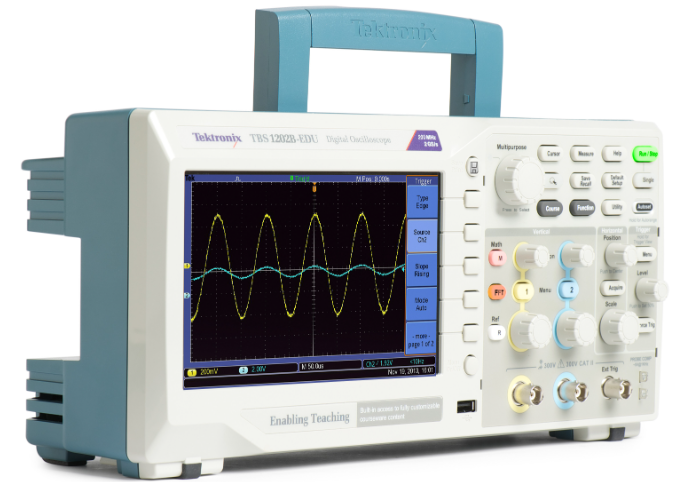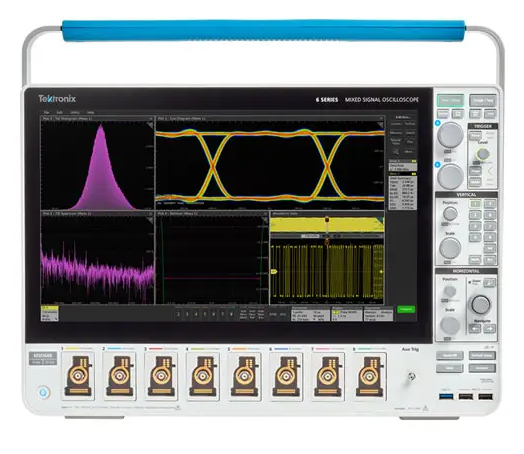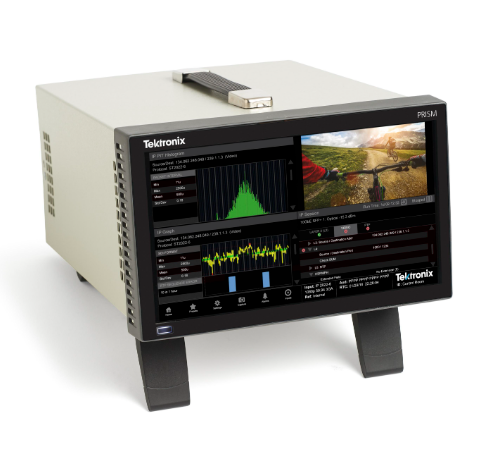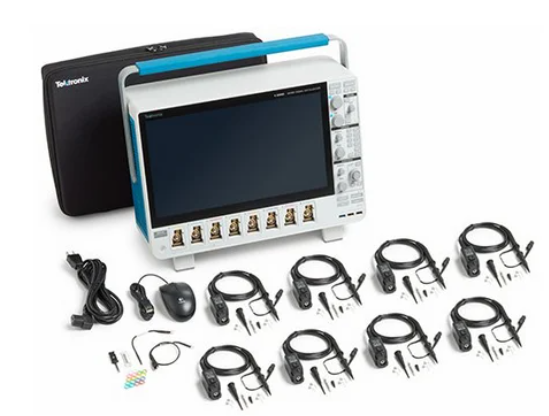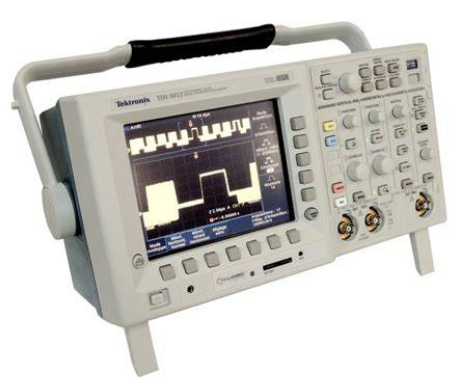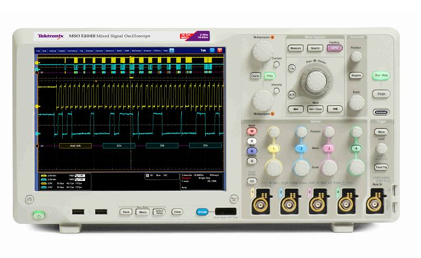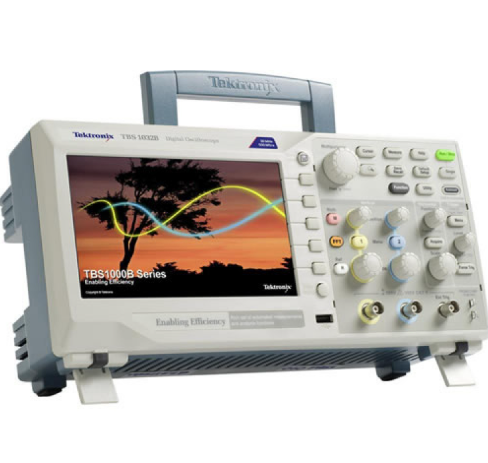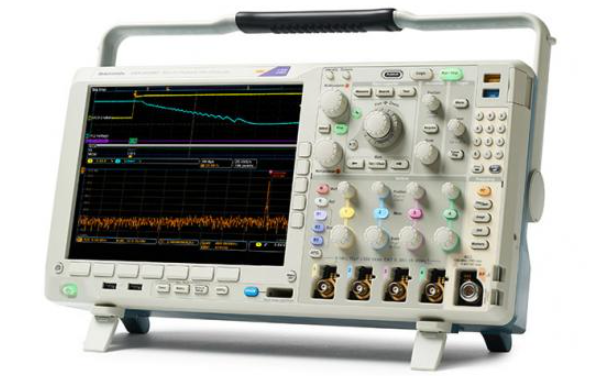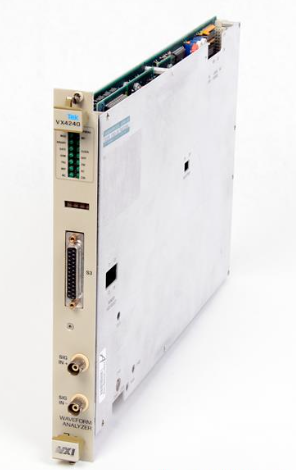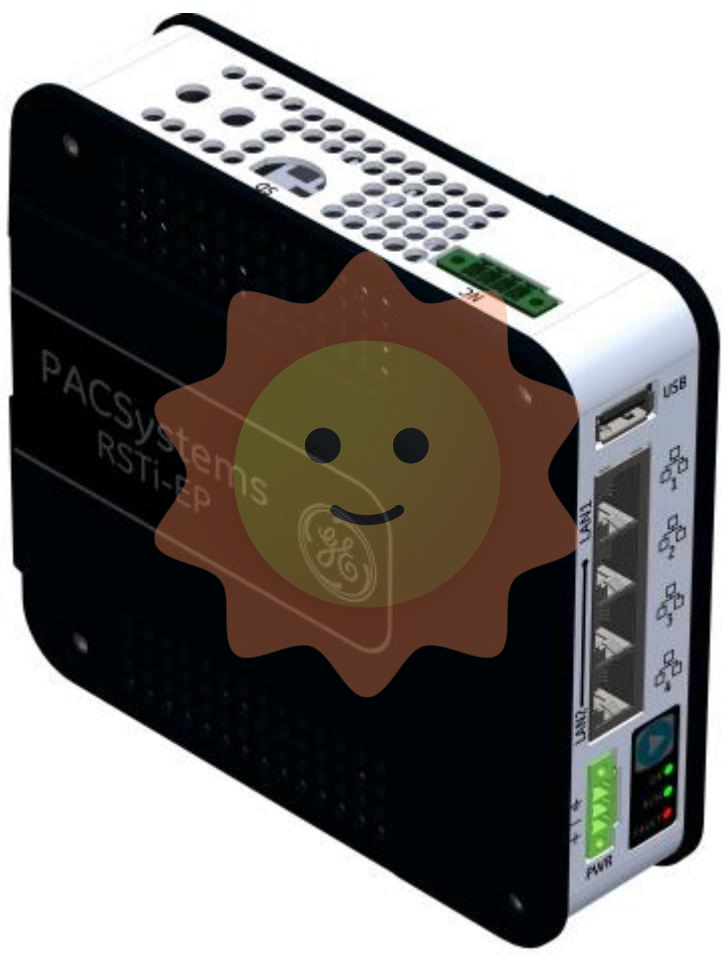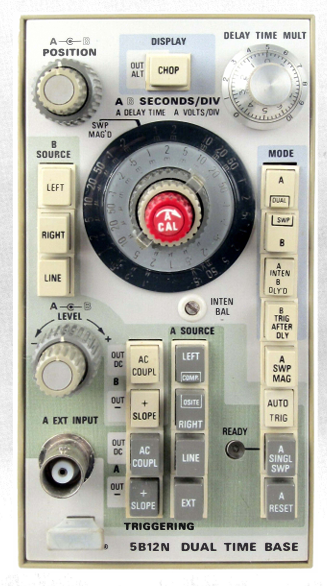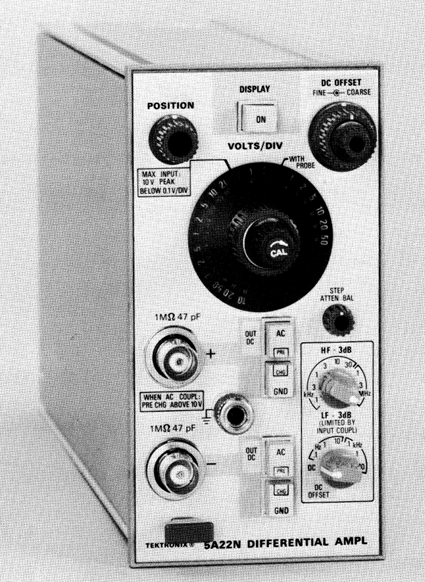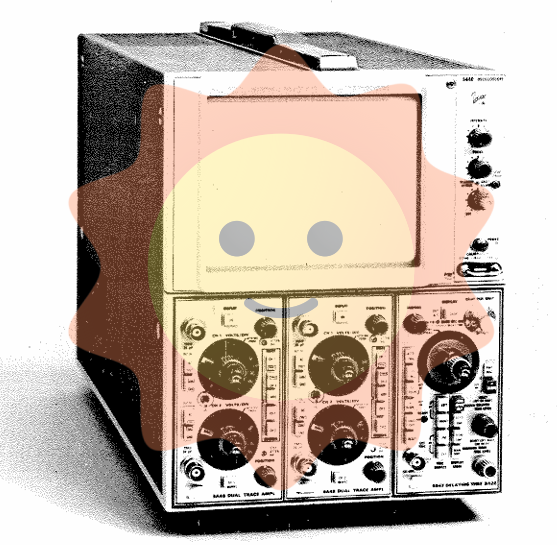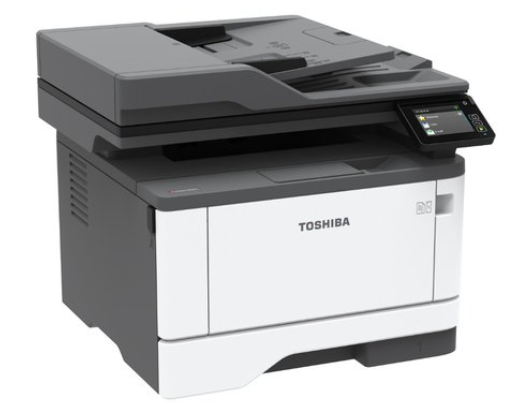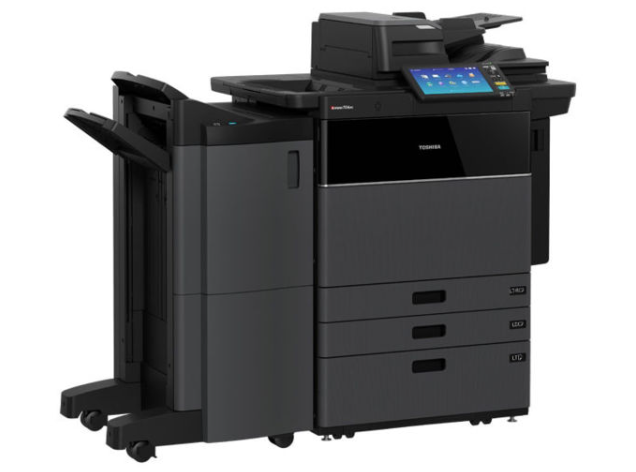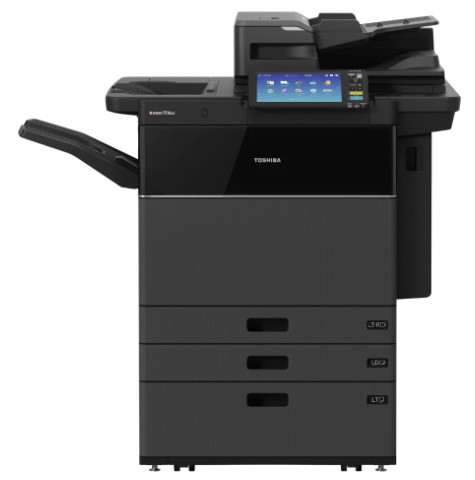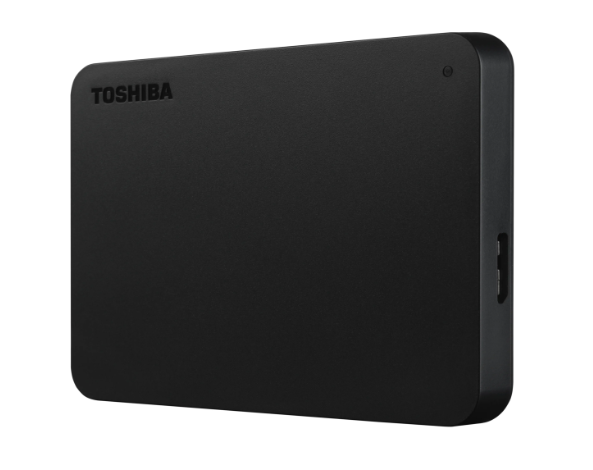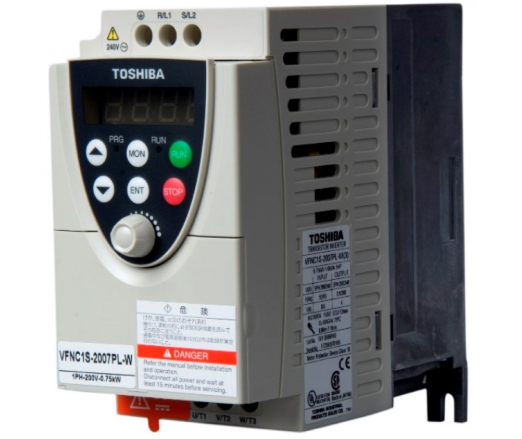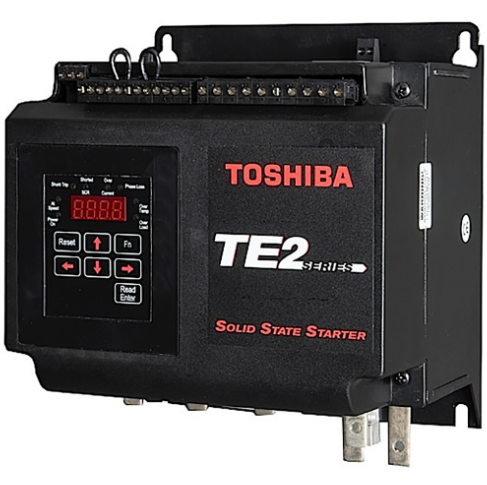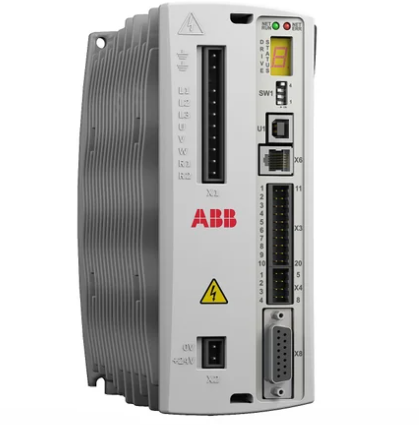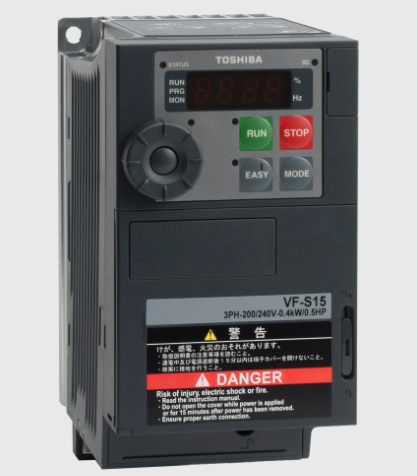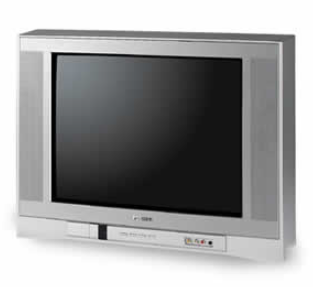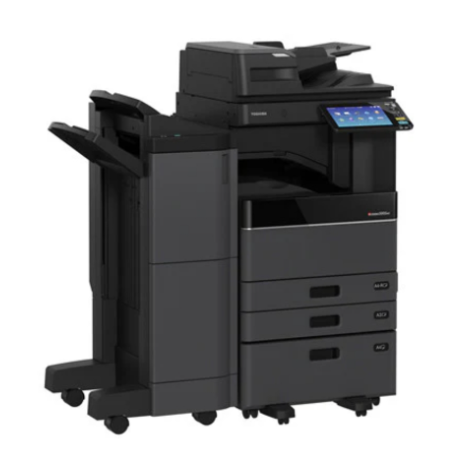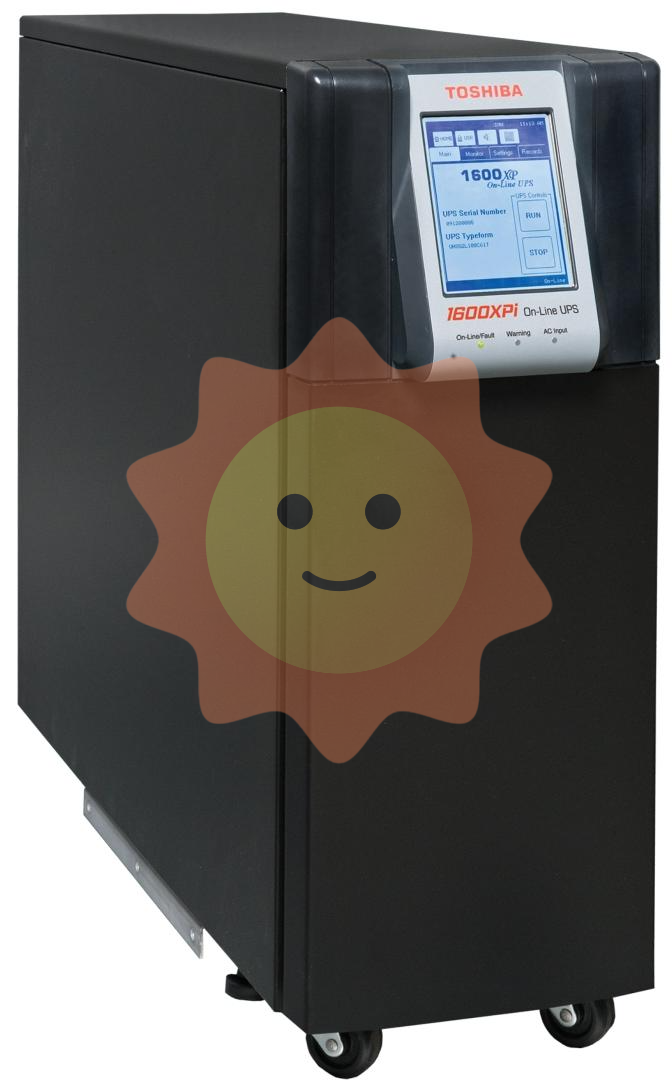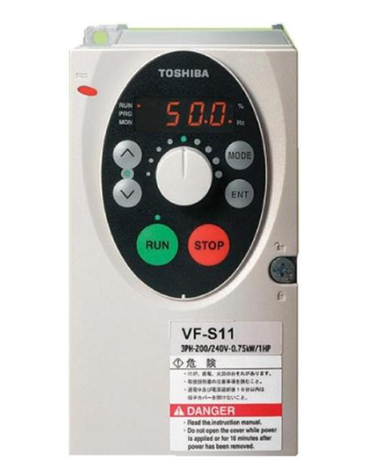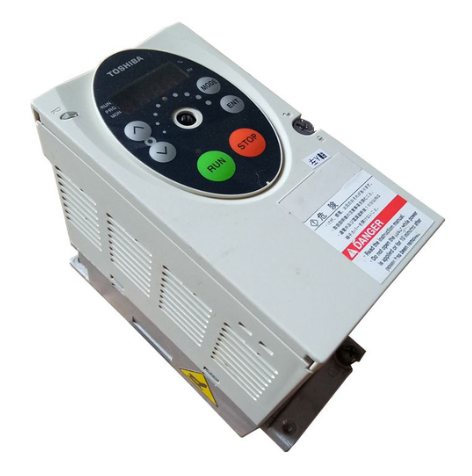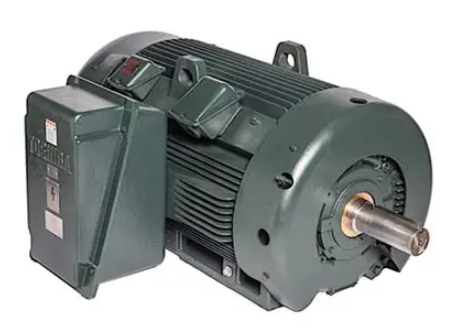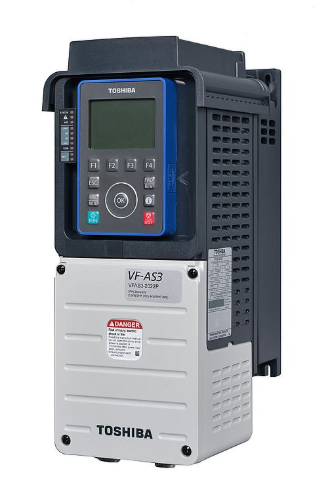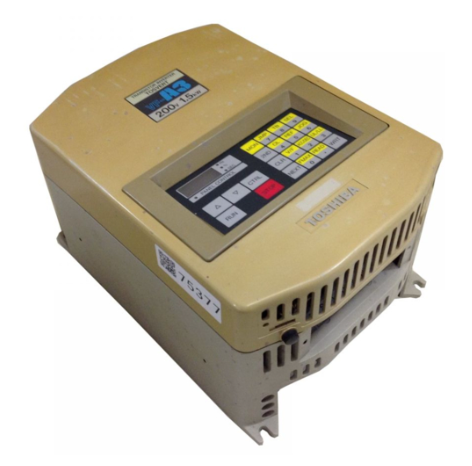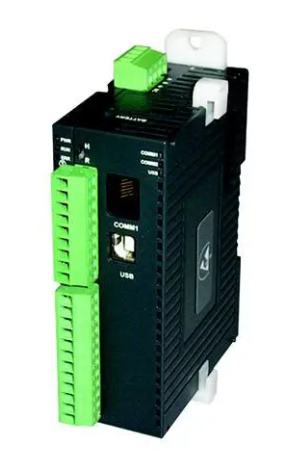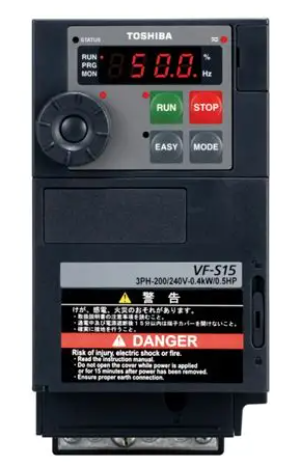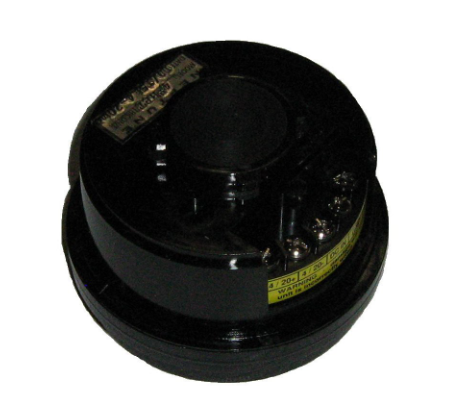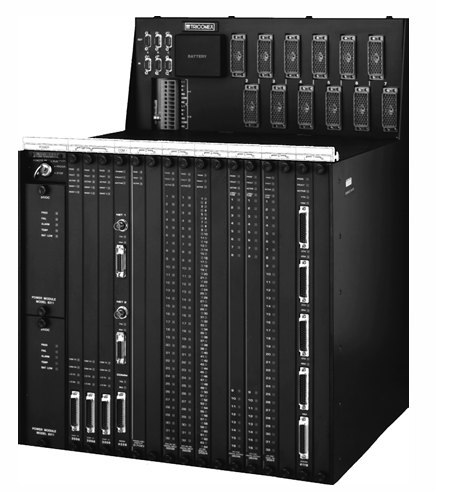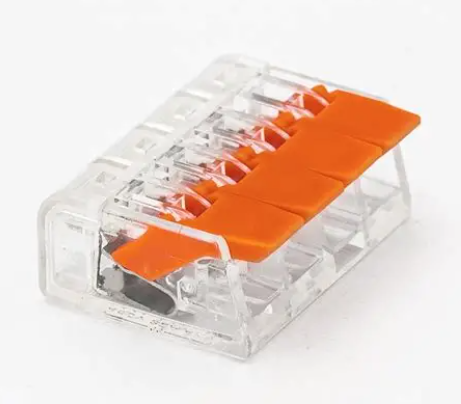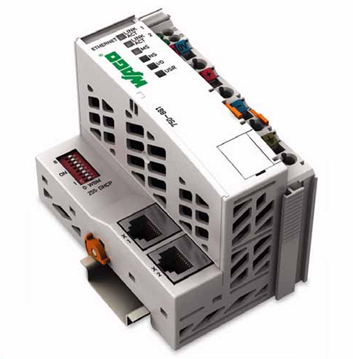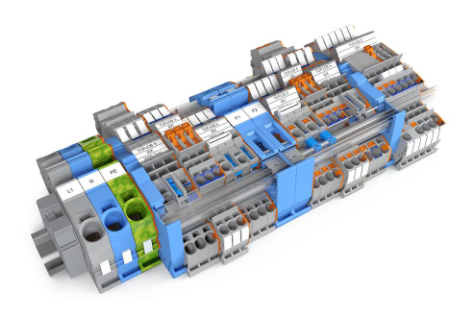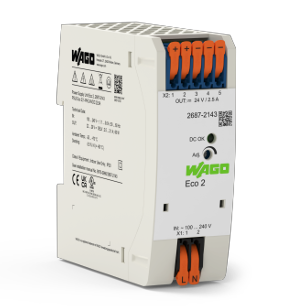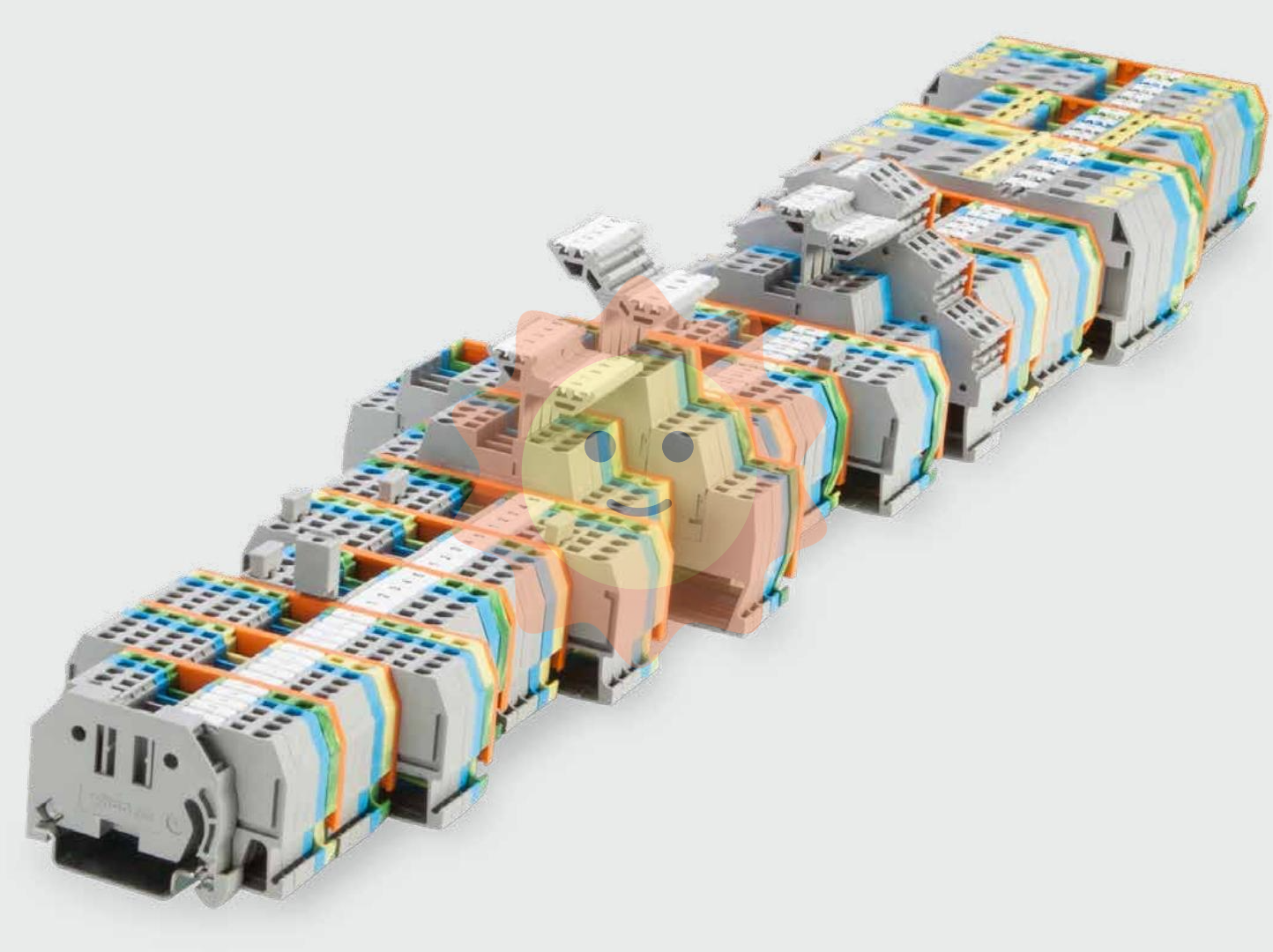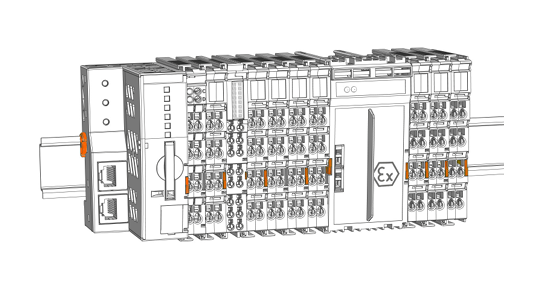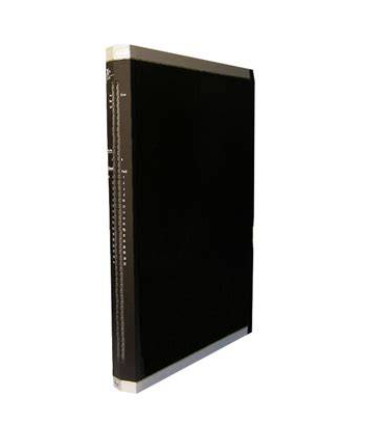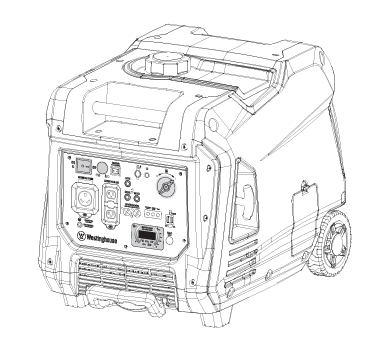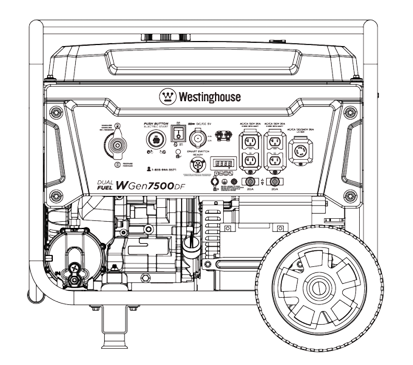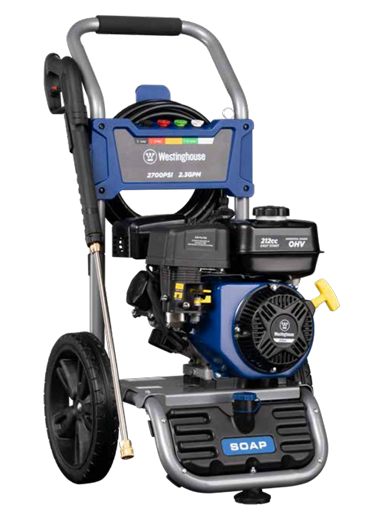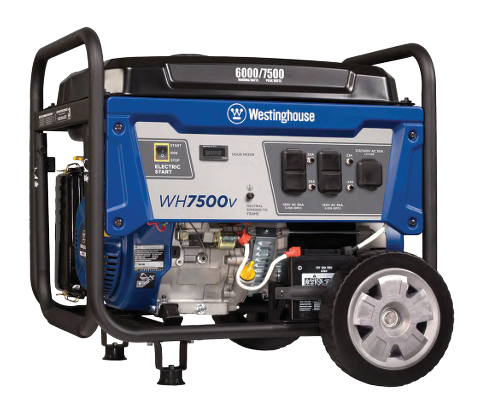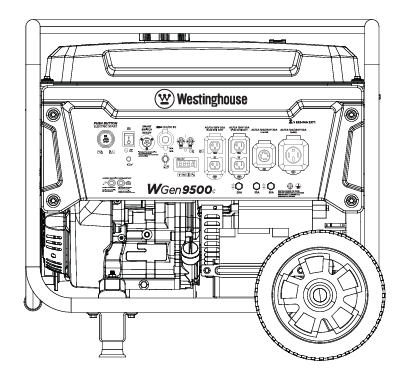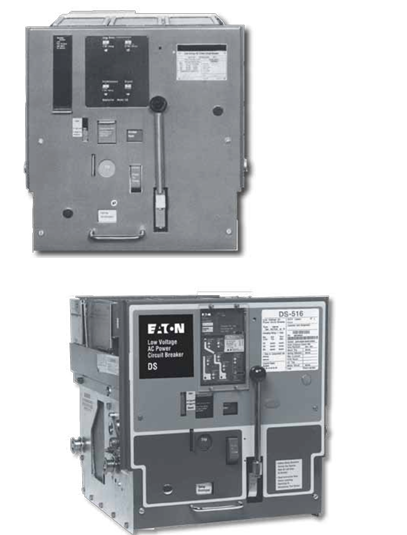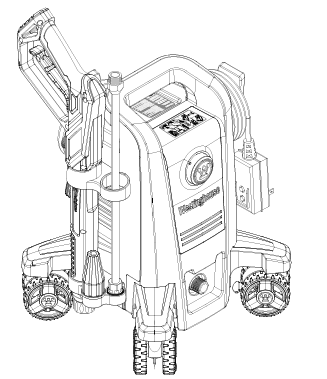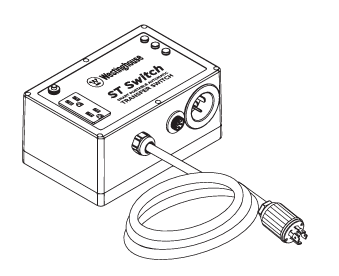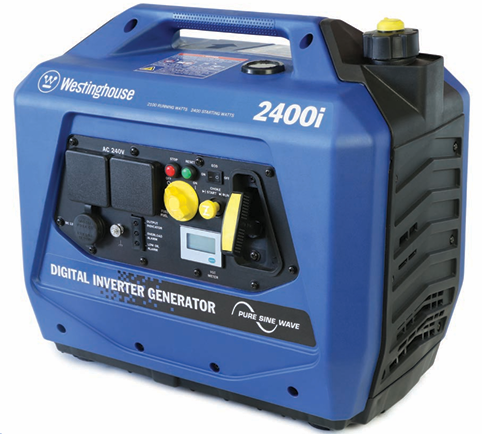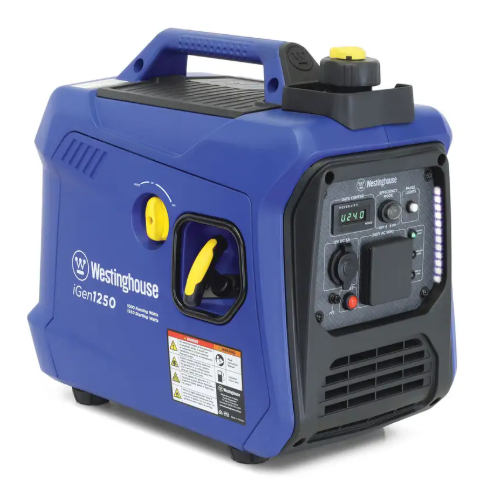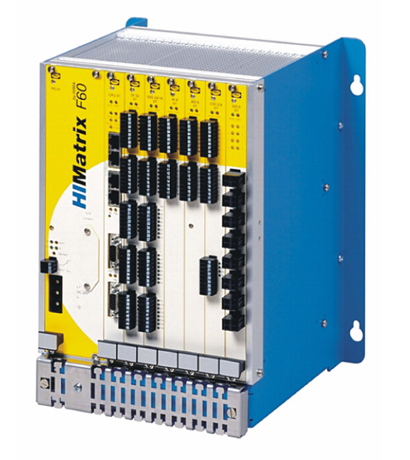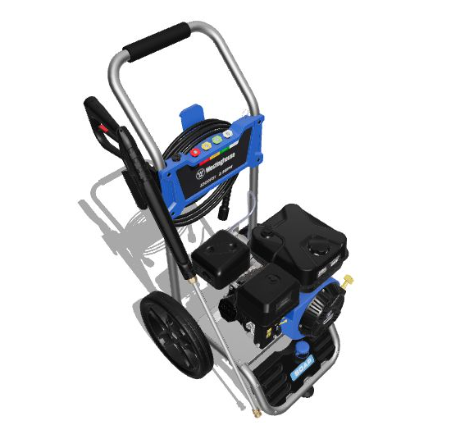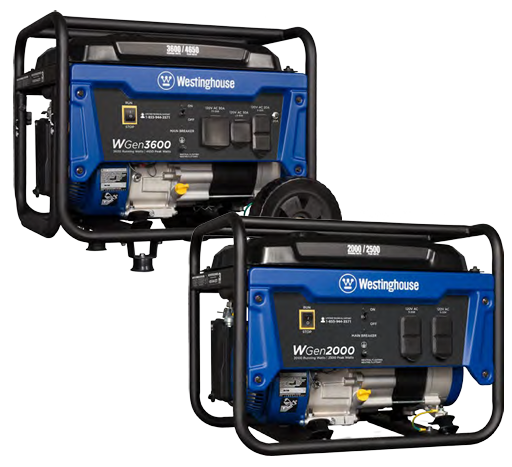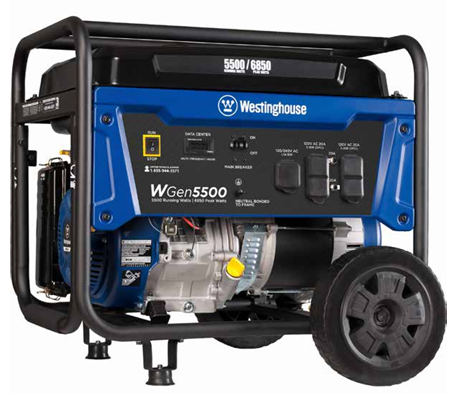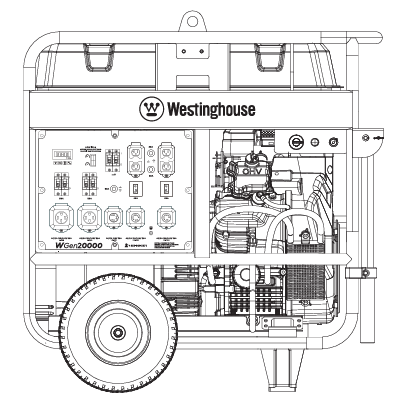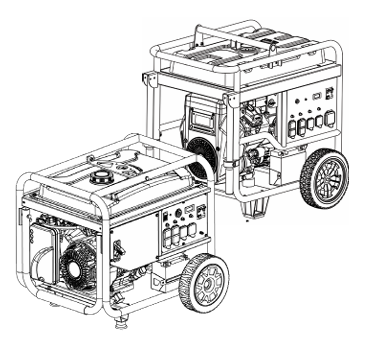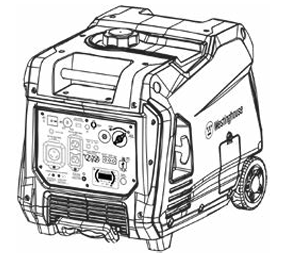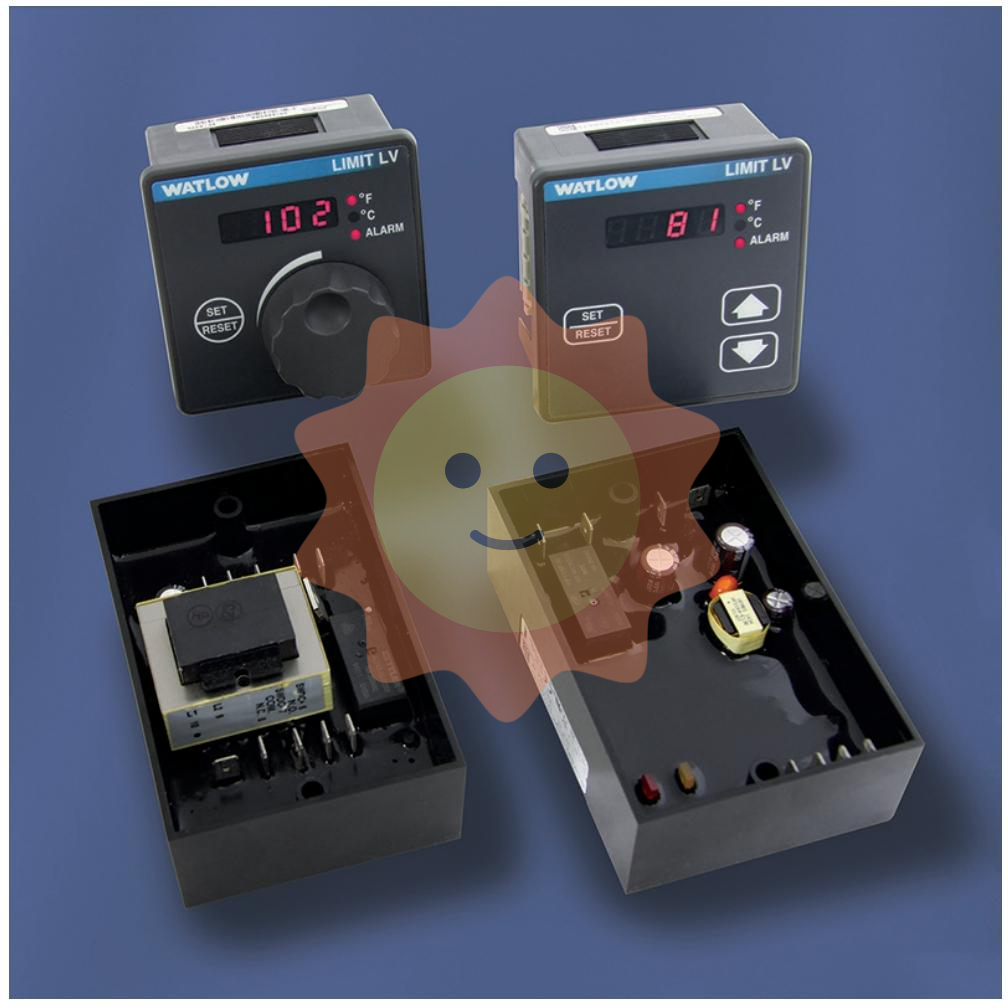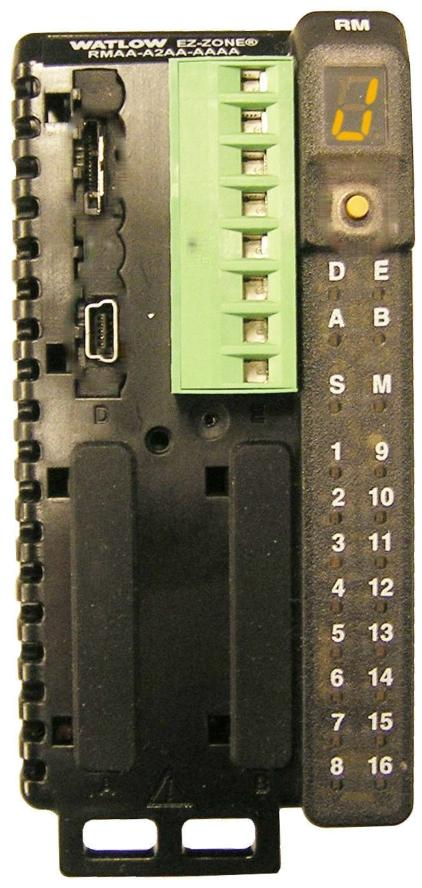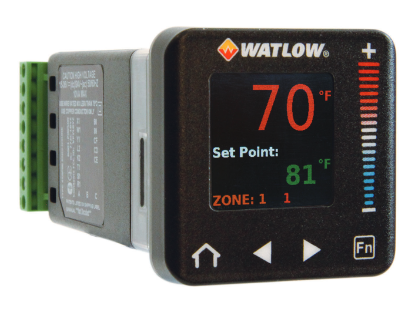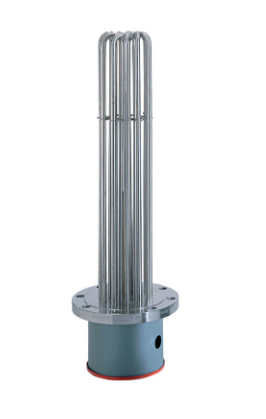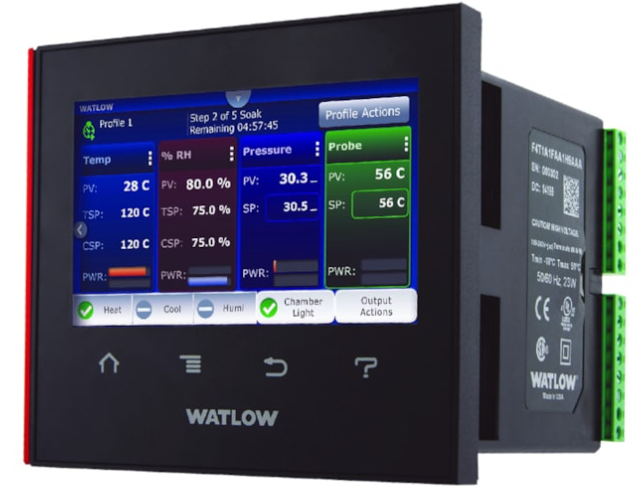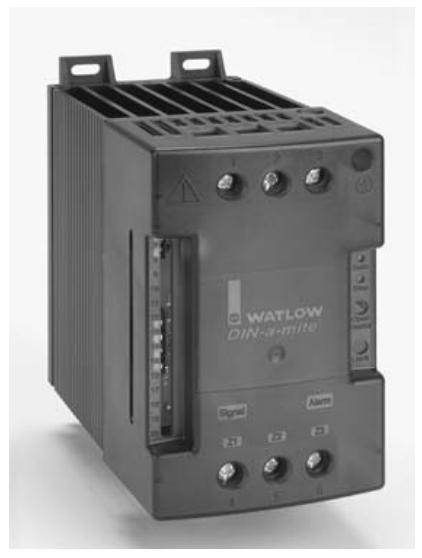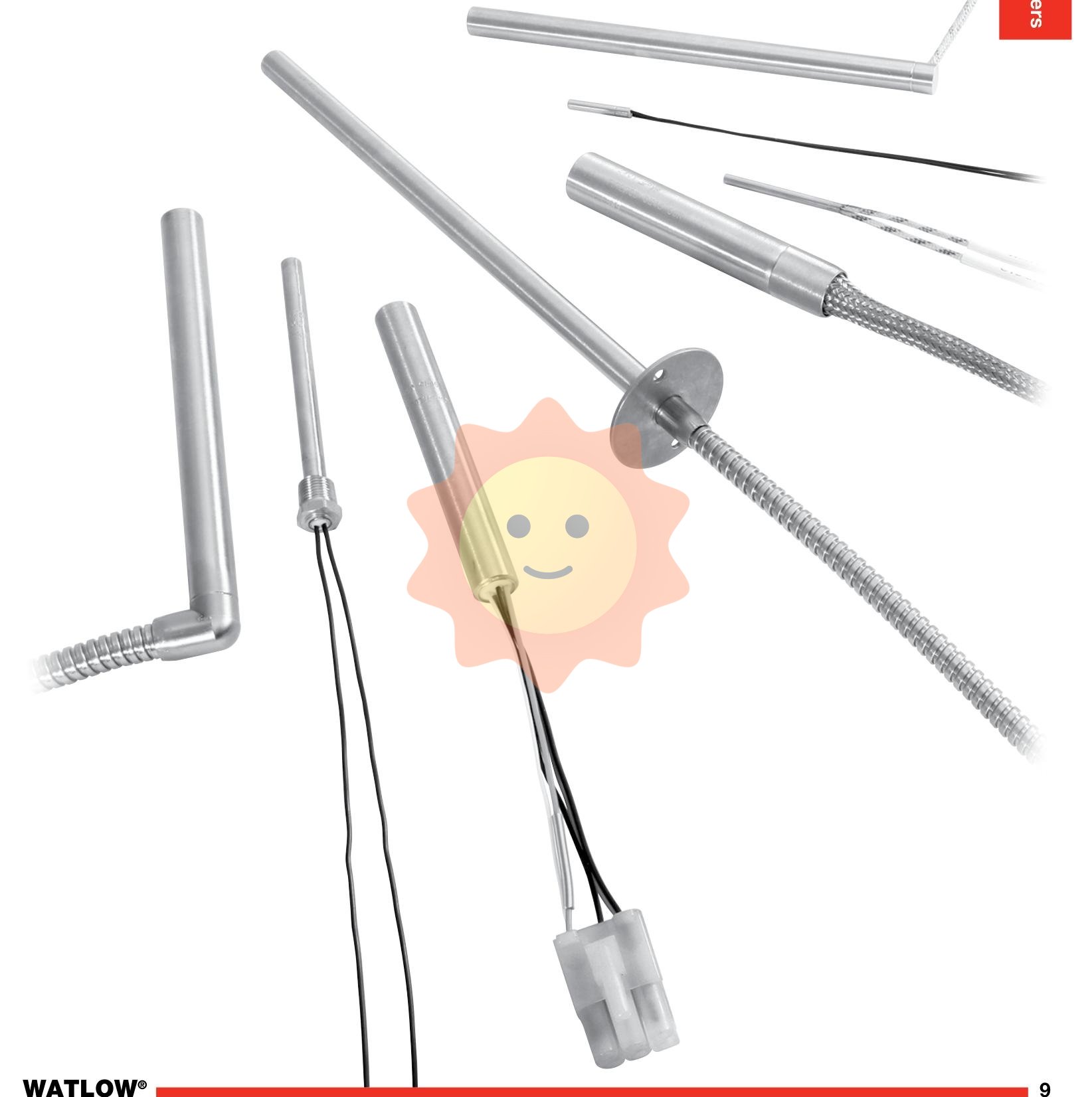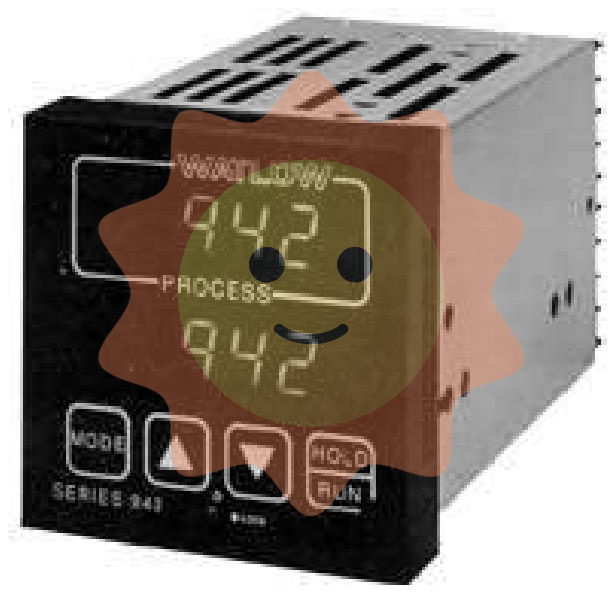GE HE700GEN100C Interface Module
GE HE700GEN100C Interface Module
Overview
The GE HE700GEN100C is an interface module that serves as a crucial link in a complex industrial control or automation system. It is designed to facilitate communication and data transfer between different components, subsystems, or devices.
Functionality and Purpose
Data Communication Interface
The primary function of this module is to provide an interface for data communication. It acts as a translator between different communication protocols and data formats. For example, it might be used to connect a legacy device that uses an older, proprietary communication protocol to a modern, network - based control system that uses Ethernet/IP or Modbus TCP. It can convert the data from the legacy device's format to a format that the control system can understand and vice versa.
Signal Conditioning and Conversion
The HE700GEN100C also performs signal conditioning and conversion. It can handle various types of input signals such as analog signals (e.g., voltage, current) and digital signals (e.g., TTL, CMOS). The module can convert these signals to a standard or desired output format. For instance, it might receive a 0 - 10V analog input signal from a sensor and convert it to a 4 - 20mA output signal that is more suitable for long - distance transmission or for input to another device that requires a 4 - 20mA input.
Device Interfacing and Integration
It enables the interfacing and integration of multiple devices. In an industrial setting, there are often a wide variety of devices such as sensors, actuators, controllers, and HMIs (Human - Machine Interfaces). The interface module helps in connecting these disparate devices together so that they can work in a coordinated manner. For example, it can connect a temperature sensor, a pressure - actuated valve, and a programmable logic controller (PLC) to ensure that the valve's operation is controlled based on the temperature readings from the sensor.
Internal Components and Architecture
Communication Ports and Protocols
The module is equipped with a range of communication ports. These may include Ethernet ports, serial ports (such as RS - 232, RS - 485), and other industry - specific ports. The communication protocols supported can vary, but it commonly includes protocols like Ethernet/IP, Modbus RTU/TCP, Profibus, or others depending on the application requirements. The internal circuitry associated with these ports is designed to handle the physical and data - link layer requirements of the protocols, including signal generation, reception, and error - checking.
Signal Conditioning Circuits
Inside the module, there are signal - conditioning circuits. For analog signals, these circuits may include amplifiers, filters, and voltage/current converters. The amplifiers can boost weak input signals to a more usable level, while the filters can remove unwanted noise or interference. For digital signals, the module may have level - shifters to convert between different digital logic levels (e.g., from 3.3V to 5V TTL).
Processor and Memory
A processor is at the heart of the module, responsible for managing the communication and signal - conversion tasks. It executes the firmware or software that controls the overall operation of the module. The memory components, including both volatile (e.g., RAM) and non - volatile (e.g., Flash) memory, store the configuration settings, communication protocol stacks, and any temporary data during operation.
Applications
Industrial Automation and Control Systems
In a manufacturing plant, the HE700GEN100C can be used to interface different automation equipment such as robotic arms, conveyor belts, and quality - control sensors. It allows these devices to communicate with a central control system, enabling coordinated operation. For example, in an automotive assembly line, it can connect the sensors that monitor the quality of assembled parts to the PLC that controls the overall production process.
Power Generation and Distribution
In a power plant, the module can be used to interface with power - monitoring equipment, such as power meters and protective relays, to a control and SCADA (Supervisory Control and Data Acquisition) system. It can convert and transmit the power - related data such as voltage, current, and power factor to the SCADA system for real - time monitoring and control of the power - generation and - distribution process.
Process Industries (Chemical, Petrochemical, etc.)
In chemical and petrochemical plants, the HE700GEN100C can interface between process - monitoring sensors (e.g., temperature, pressure, flow rate sensors) and the control systems that manage the chemical reactions and material - handling processes. This ensures that the control systems have accurate and up - to - date information about the process conditions to make informed decisions and adjustments.

- User name Member Level Quantity Specification Purchase Date
- Satisfaction :
-









Email:wang@kongjiangauto.com

